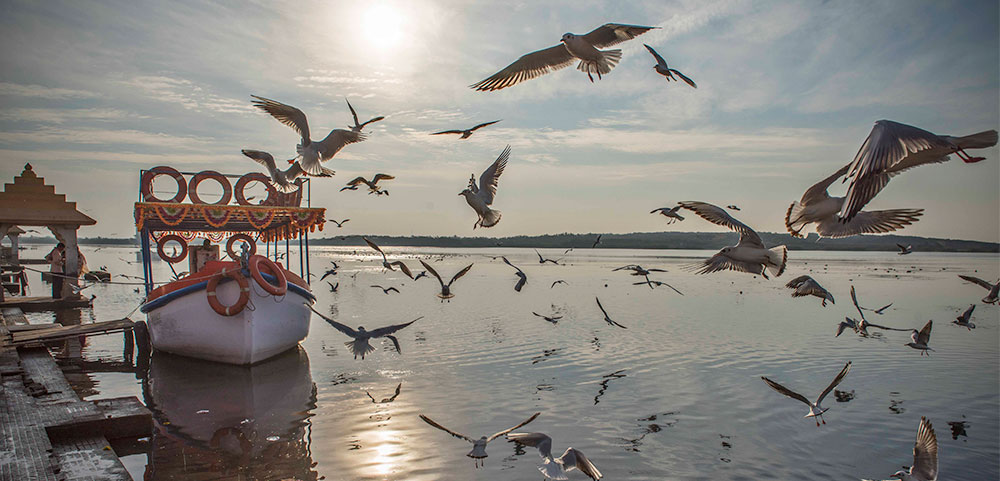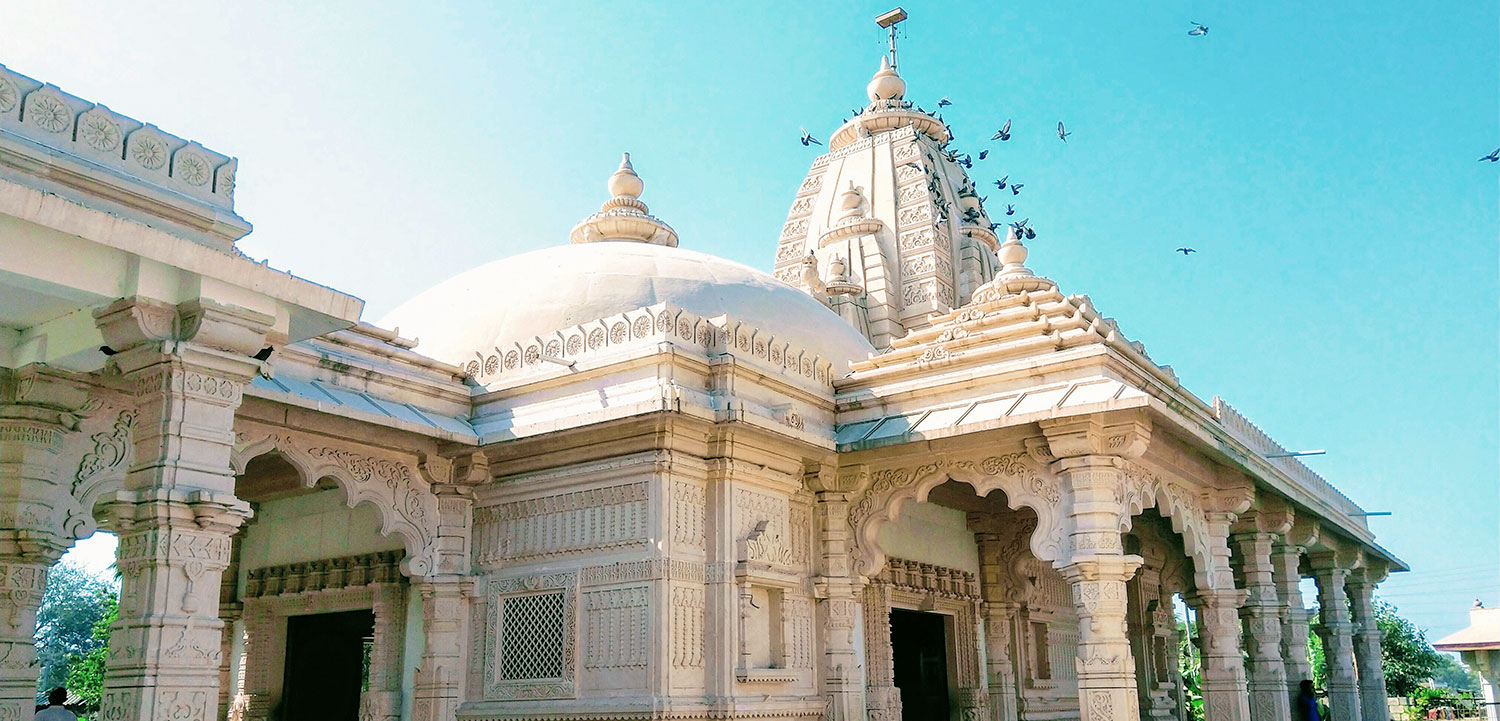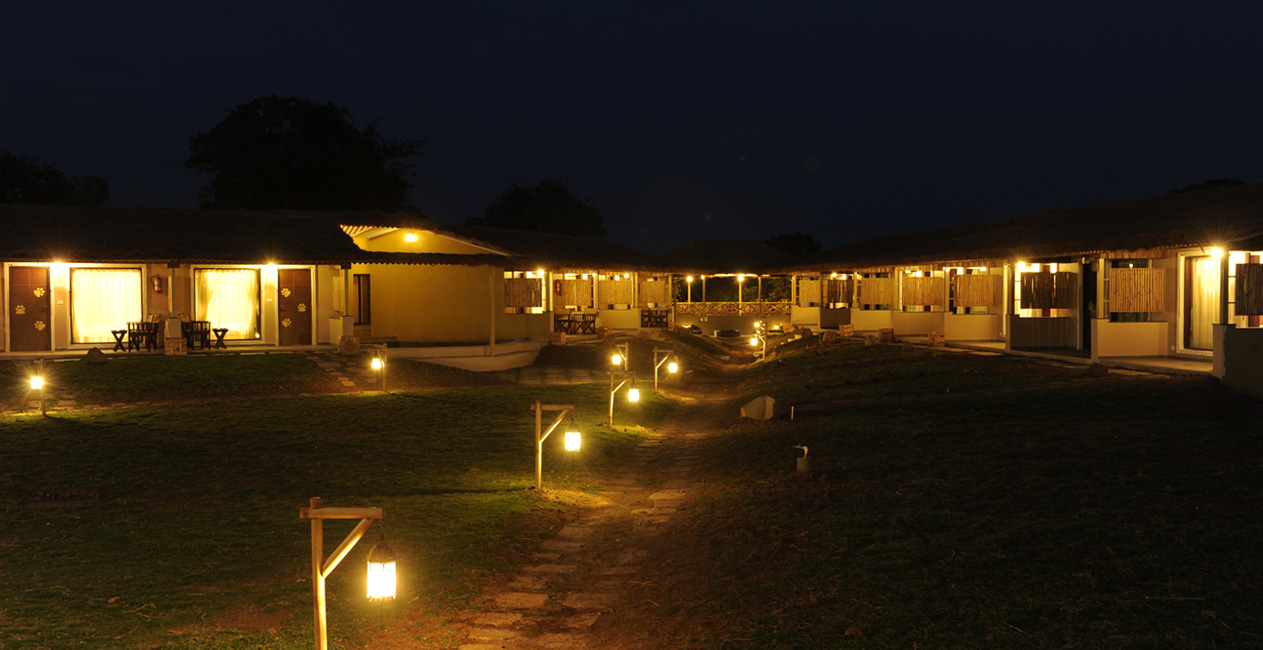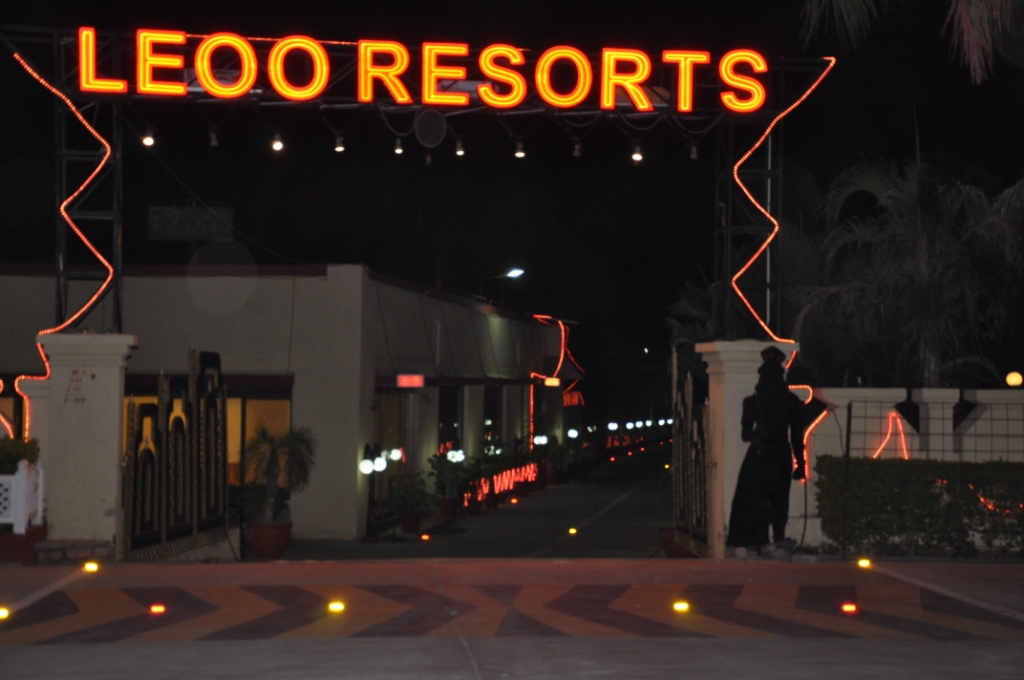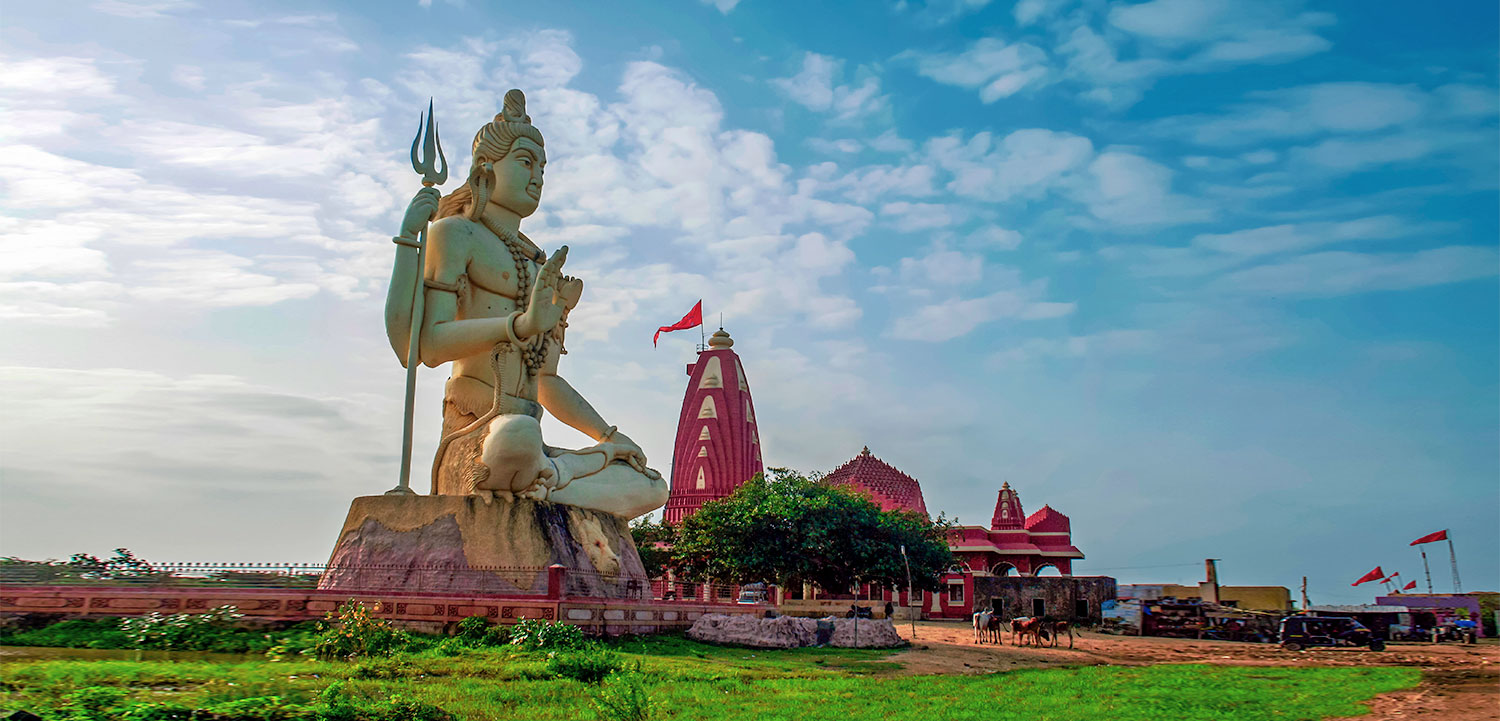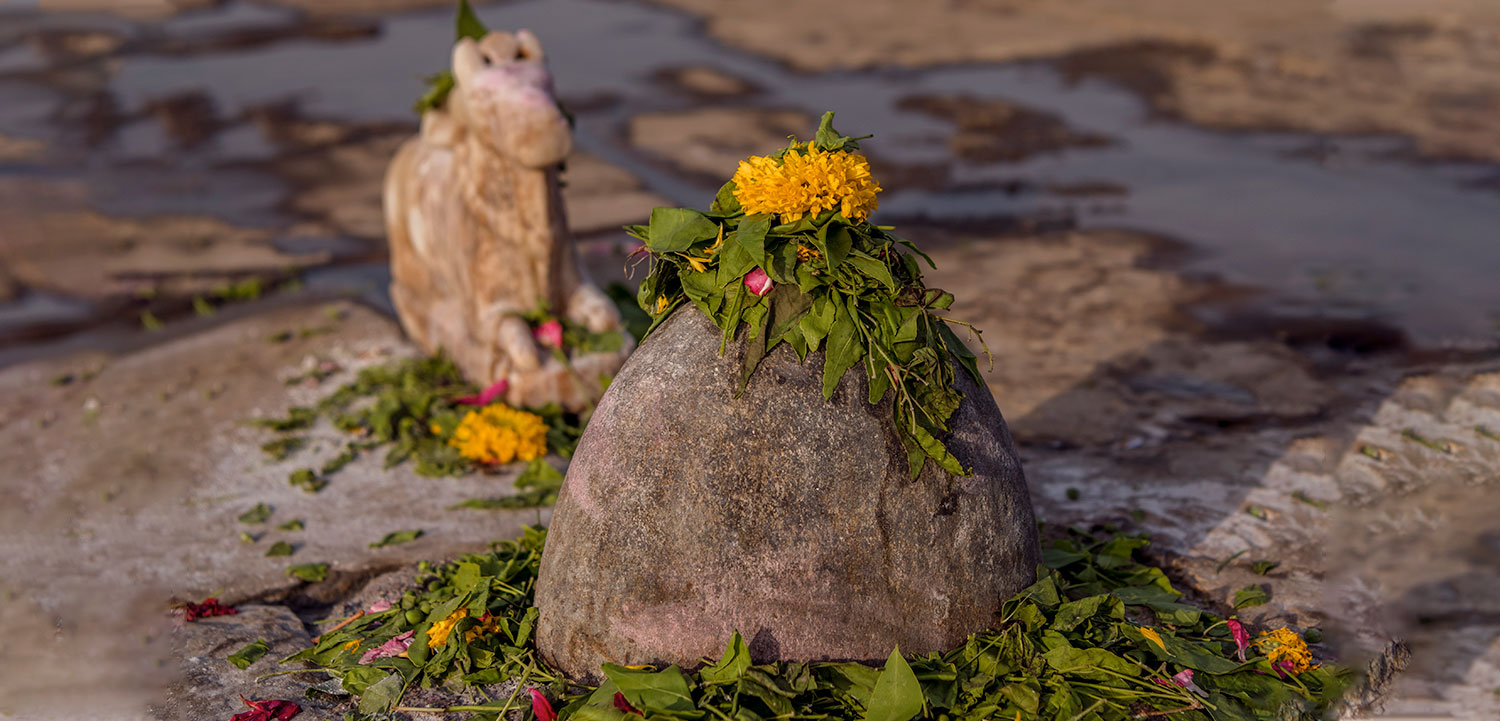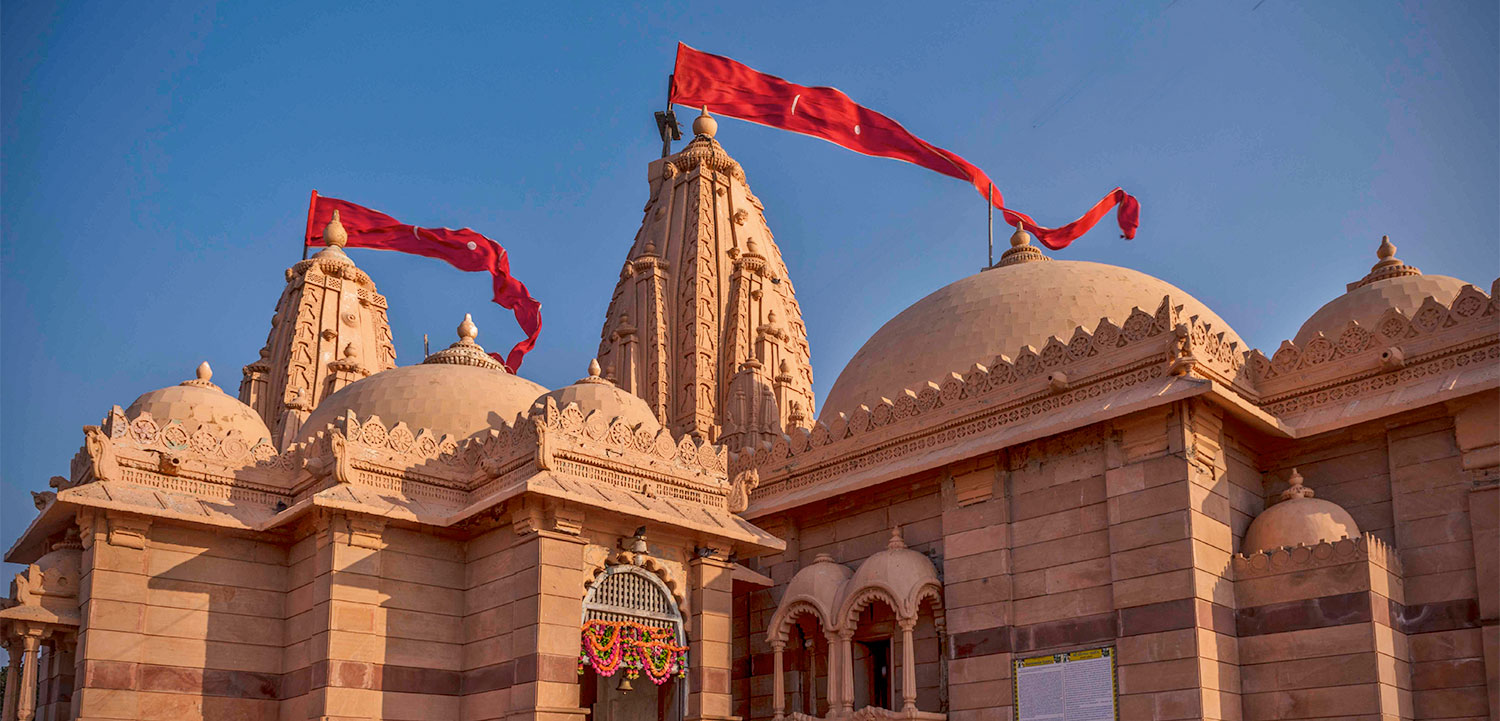About Place: The intricately carved honey-coloured Somnath temple on the western edge of the state is believed to be the place where the first of the twelve holy jyotirlingas emerged in India – a spot where Shiva appeared as a fiery column of light. The temples lies at the meeting of Kapila, Hiran and Sarasvati rivers and the waves of the Arabian Sea ebb and flow touching the shore on which it is constructed. The ancient temple’s timeline can be traced from 649 BC but is believed to be older than that. The present form was reconstructed in 1951. Colourful dioramas of the Shiva story line the north side of the temple garden, though it’s hard to see them through the hazy glass. A one-hour sound-and-light show in Amitabh Bachchan’s baritone highlights the temple nightly at 7.45pm.
Brief History: It is said that Somraj (the moon god) first built a temple in Somnath, made of gold; this was later rebuilt by Ravana in silver, by Krishna in wood, and by Bhimdev in stone. The current serene, symmetrical structure was built to traditional designs on the original coastal site: it’s painted a creamy colour and boasts fine sculpture. At its heart is a large, black Shiva lingam—one of the 12 most sacred Shiva shrines, known as the jyotirlingas.
A detailed account of the temple by the renowned Persian scholar Al-Biruni may have contributed to its fame across regions. In late 1025 or early 1026, the temple was targeted by Mahmud of Ghazni, a ruthless invader from present-day Afghanistan. At that time, the temple was so wealthy that it reportedly employed 300 musicians, 500 dancing girls, and 300 barbers. Mahmud captured the town and temple after a fierce two-day battle in which an estimated 70,000 defenders were killed. He then plundered the temple’s immense riches and destroyed the structure. This marked the beginning of a cycle of devastation and reconstruction that continued for centuries—the temple was again destroyed in 1297, 1394, and finally in 1706 under Mughal ruler Aurangzeb.
The modern temple was rebuilt only in 1950, following India’s independence, on the same site. The reconstruction was initiated by Bharat Ratna Sardar Vallabhbhai Patel, the first Deputy Prime Minister of India, who laid the foundation stone on November 12, 1947, as a symbol of national revival and cultural pride.
Best time to visit: The best time to visit Somnath Temple is in the cooler months of October to February, though the site is open all through the year. Shivratri (usually in February or March) and Kartik Purnima (close to Diwali) are celebrated with great enthusiasm here.For additional details, kindly visit the provided source. :
For more detail: https://somnath.org/
6.30 AM - 9 PM
Gir Somnath
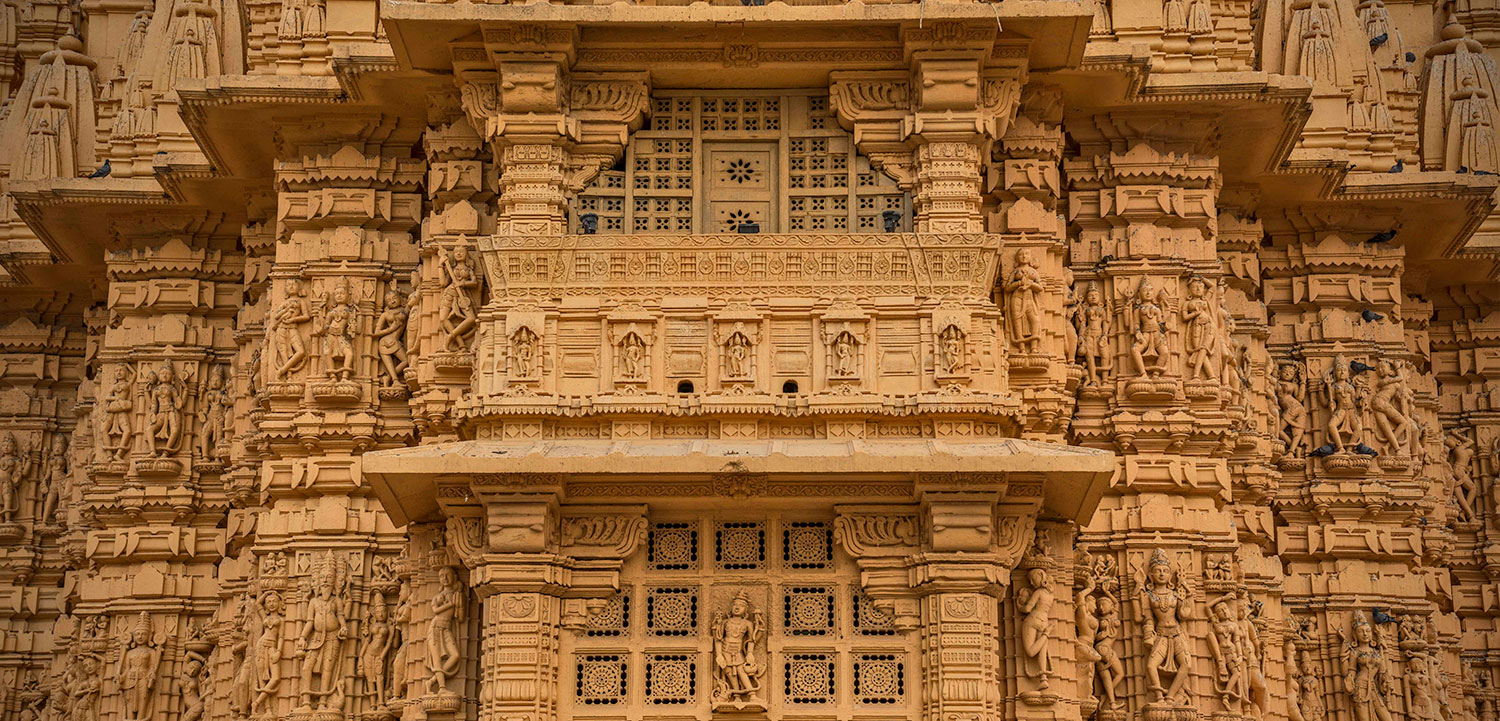
How to get there
-
 By Road
The temple city lies 82 km from Junagadh, 270 km from Bhavnagar and 120 km from Porbandar. Ahmedabad is around 410 km away from Somnath.
By Road
The temple city lies 82 km from Junagadh, 270 km from Bhavnagar and 120 km from Porbandar. Ahmedabad is around 410 km away from Somnath.
-
 By Train
Somnath is the nearest railway station, is well connected to other major towns in Gujarat and India.
By Train
Somnath is the nearest railway station, is well connected to other major towns in Gujarat and India.
-
 By Air
Porbandar Airport is 120 km and Rajkot airport is 200 km away.
By Air
Porbandar Airport is 120 km and Rajkot airport is 200 km away.
Nearby Attractions
Where To Stay
Registered Tour Operators
Kesavi Tours and Travels
| Pincode | 360004 |
| Mobile | 8866283471 |
| Website | http://www.kesavitours.com |

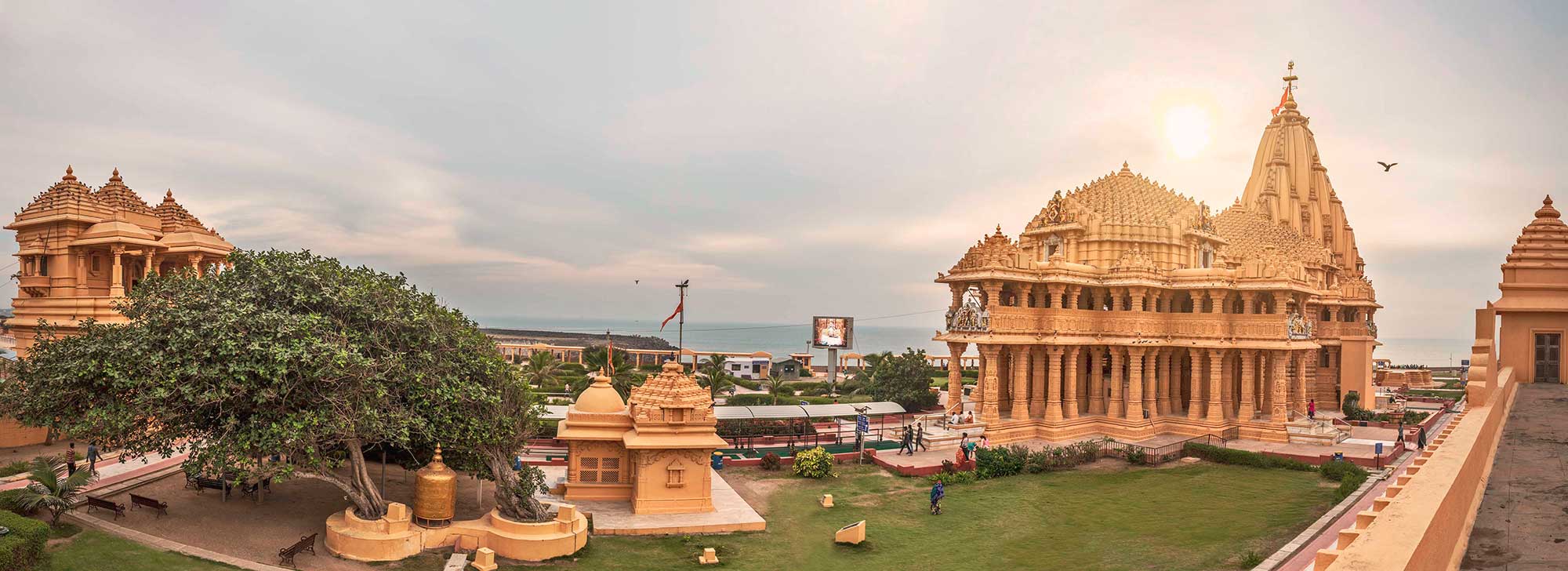
.jpg)
.jpg)
.jpg)
.jpg)
.jpg)
.jpg)
.jpg)
.jpg)
.jpg)
.jpg)

